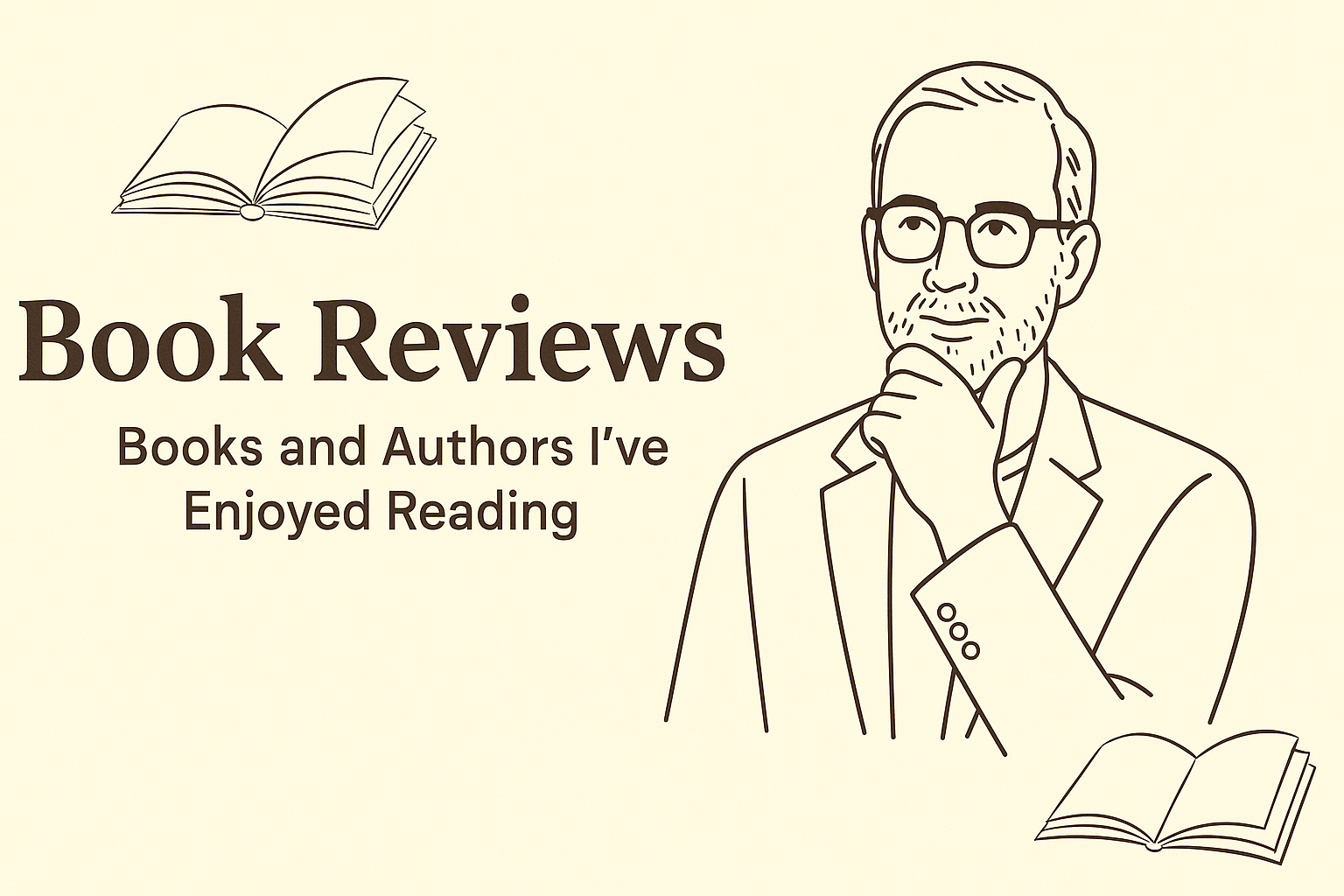Kay Redfield Jamison wrote An Unquiet Mind: A Memoir of Moods and Madness. A Professor of Psychiatry at the Johns Hopkins University School of Medicine and Honorary Professor of English at the University of St Andrew, whose work is centered on bipolar disorder, something she has had since she was a child.
Jamison says that the cultural and medical shift from calling the problem "manic depression" into the term "bipolar disorder" has not clarified anything or helped. She was criticized for saying about the condition of bipolar that: "We have known for hundreds and hundreds and hundreds of years that it is genetic.” She sees the illness as the effect of genetic disorders. The book presents her view and is her memoir that has shaped her life and ideas.
In the book, Jamison says, “Others imply that they know what it is like to be depressed because they have gone through a divorce, lost a job, or broken up with someone. But these experiences carry with them feelings. Depression, instead, is flat, hollow, and unendurable. It is also tiresome. People cannot abide being around you when you are depressed. They might think that they ought to, and they might even try. Still, you know, and they know that you are tedious beyond belief: you are irritable, paranoid, humorless, lifeless, critical, and demanding, and no reassurance is ever enough. You're frightened and frightening, and you're "not at all like yourself, but will be soon, but you know you won't.”
"People go mad in idiosyncratic ways," one chapter begins. This may seem obvious, but Jamison feels it is a clinical fact, and she shows it by writing about her childhood, family, work, and relationships.
The book is considered one of the most fantastic about manic depression or bipolar disorder.
Important Quotes
“No amount of love can cure madness or unblacken one's dark moods. Love can help; it can make the pain more tolerable, but, always, one is accountable to medication that may or may not always work and may or may not be bearable.”
“We all build internal sea walls to keep at bay the sadnesses of life and the often overwhelming forces within our minds. In whatever way we do this--through love, work, family, faith, friends, denial, alcohol, drugs, or medication, we build these walls, stone by stone, over a lifetime. ”
“Which of my feelings are real? Which of me's is me? The wild, impulsive, chaotic, energetic, and crazy one? Or the shy, withdrawn, desperate, suicidal, doomed, and tired one? Probably a bit of bot,h hopefully much that is neither.”




































